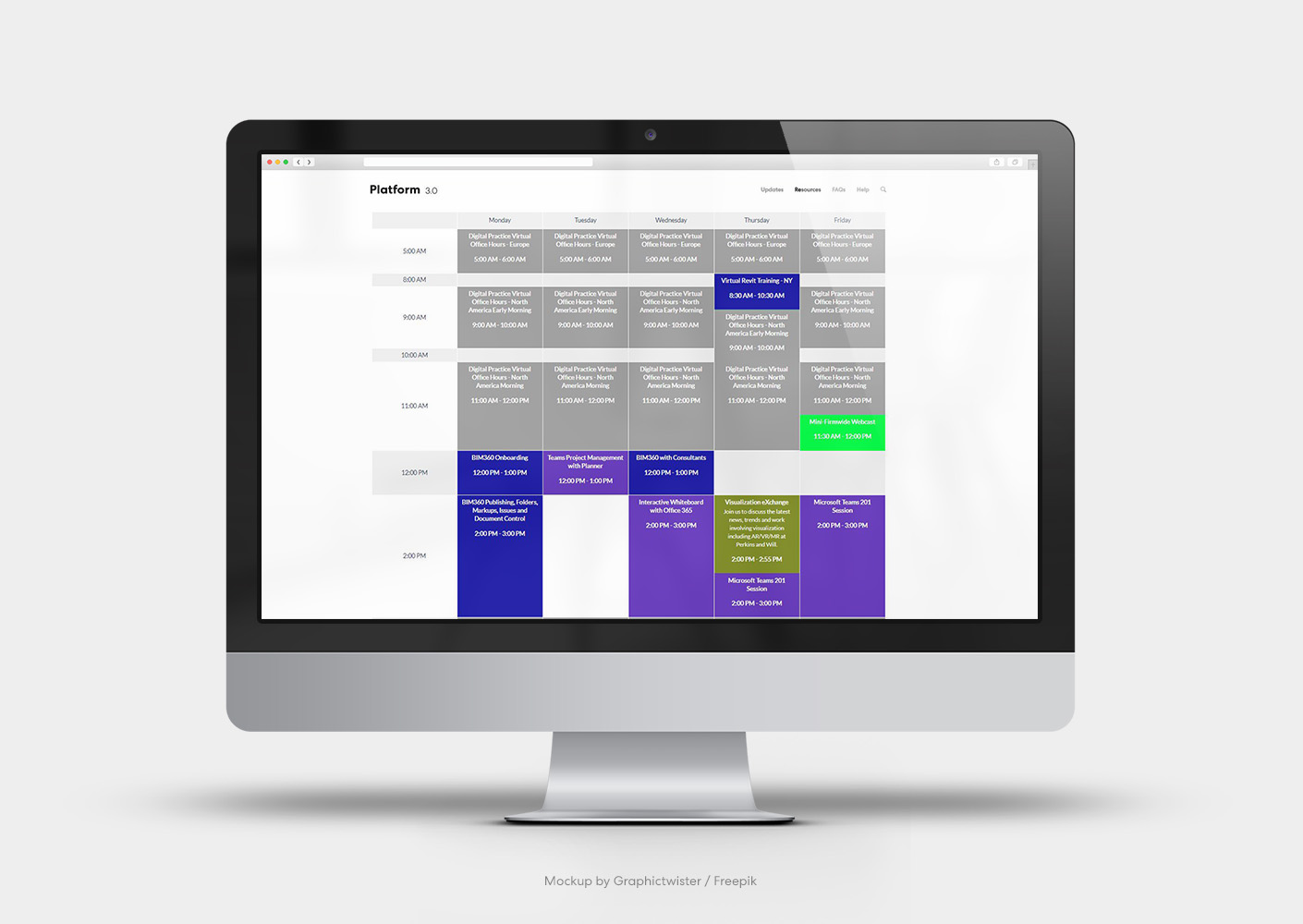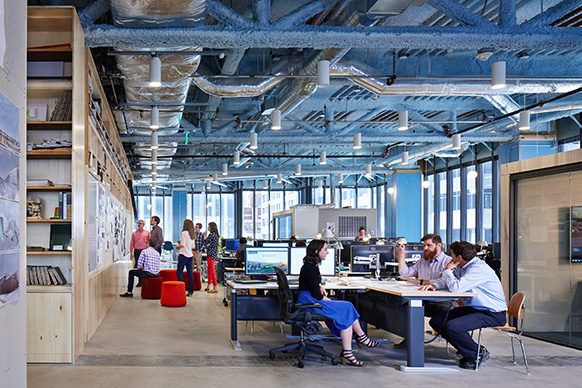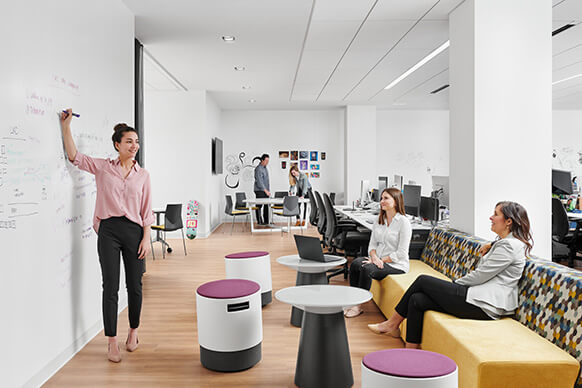While the world has seen pandemics before, few anticipated the impact of this global virus and the swift decisions that it has forced us to make. In a matter of days and weeks, most of us have left our offices for home. We have stepped fully into remote work, regardless of individual or corporate readiness.
For some industries, the pain is less; employees can work anywhere, and they are supported by robust digital platforms, a business continuity plan, and a plethora of well-worn collaboration tools. For those companies, remote work is a way of life.
For other industries, those for whom 100% remote work is not the norm, this is a watershed moment. It is a shock to the corporate nerve system that will result in either a dramatic uptick in work from home arrangements, or, alternatively, a heightened level of resistance to working remotely.
For those of us in the latter group, what does it mean to adapt quickly to a remote work model? And, beyond immediate health and safety practices like social distancing and sanitizing, how will we safely bring employees back into the office? These workplace strategy questions are surfacing every day. The answers will emerge from strategic thinking and intentional leveraging of change management strategies to thoughtfully prepare for, manage, and reinforce change.




